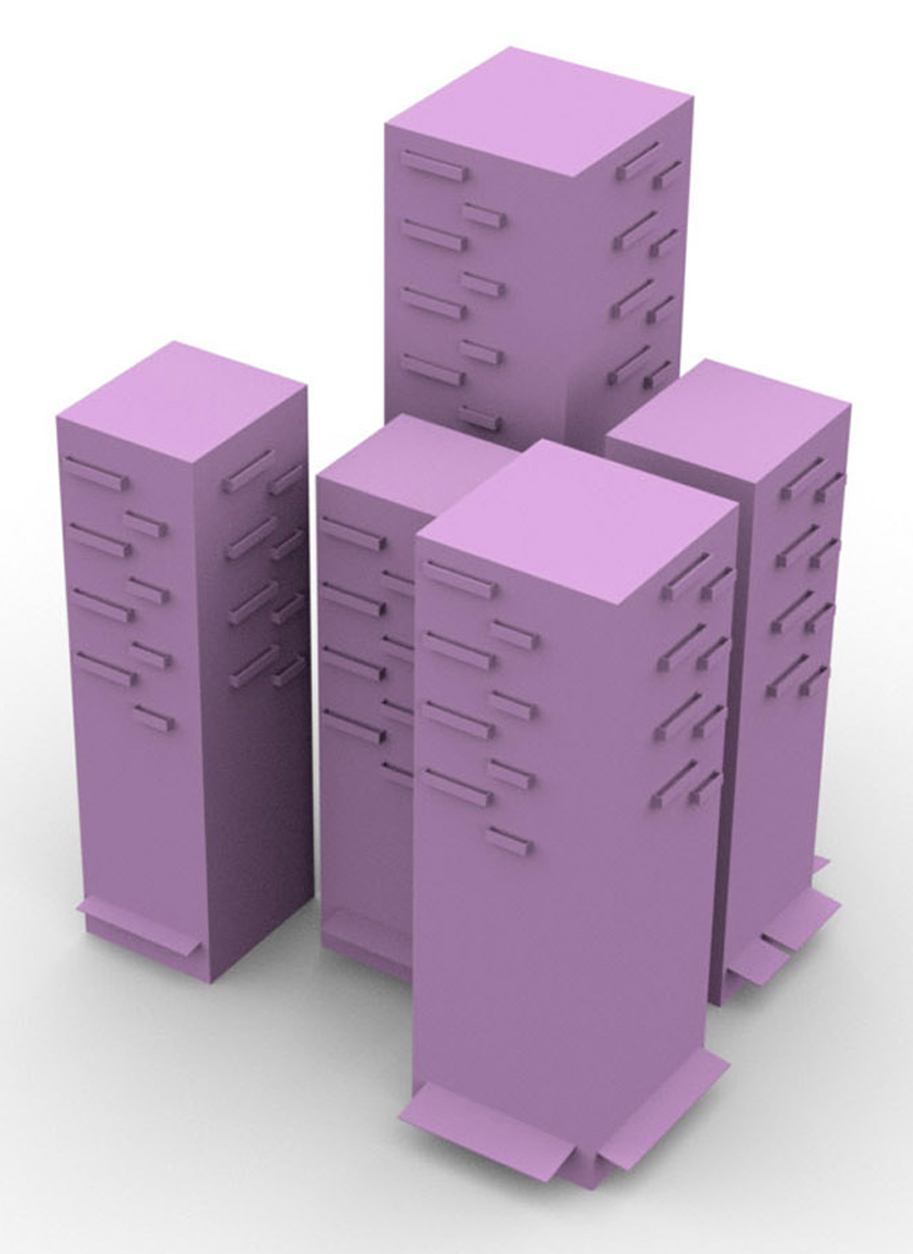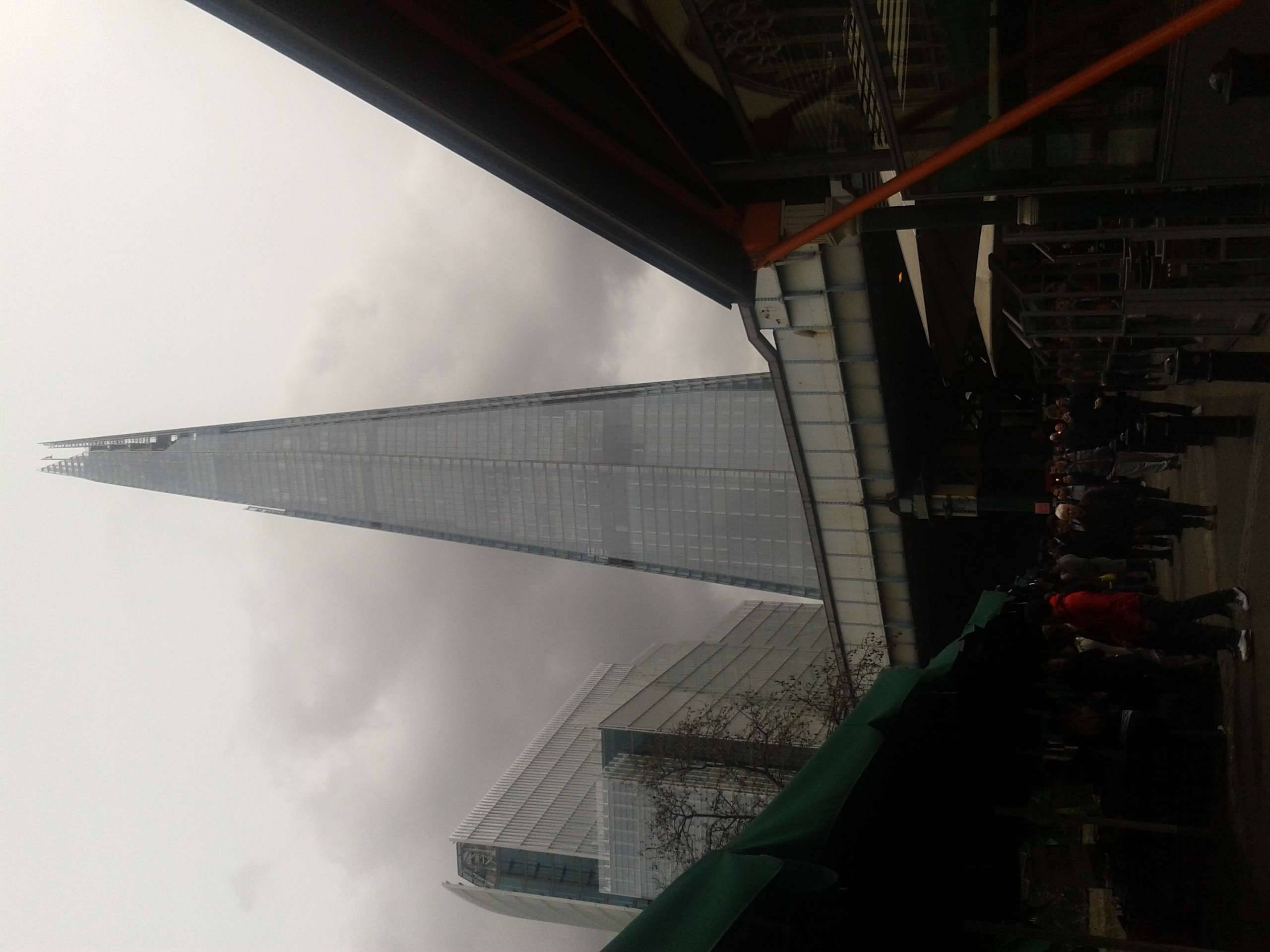Mixed use
A mixed use development consists of a building or group of related buildings (e.g. a scheme) which are used for more than one purpose, such as a series of retail units at ground floor level, office units at first floor level and residential apartments on upper levels.
Contents
Description
A mixed use object supports by definition various uses. On one hand, this makes making generic statements about this kind of object very difficult, as various combinations of use have very different characteristics. On the other hand, the mixed structure of this object is the main feature that distinguishes it from the other types of urban objects and this feature has some specific considerations.
The fact that various functions are combined into one object type, means that these functions interact and this can lead to effects not present in uniform types of urban objects. It will be these effects we will focus on on this page.
Function
Social
Mixed land use can enhance the vitality and perceived security of areas by increasing the number of people on the street and in public spaces at different times of the day. Mixed use development also encourages more efficient use of land and can lead to a more equitable city design, allowing for reduced travel and associated costs for residents.
Mixed use settings particularly demonstrate the high relevance of societal security as a frame of reference for identification of vulnerability and enhancement of resilience - for example, social/community vulnerability in view of the growing number of threats from global terrorism, natural disasters or crime. Urban planning practice must therefore incorporate appropriate security measures for vulnerability identification and resilience enhancements of urban objects, including from the societal point of view. Vulnerability assessment of urban objects in particular in mixed-use settings should thus take place based on different sets of indicators, from physical to social, and across several levels of reference, from individual to cultural community.
It is important to consider that a society is not confined to the semiotics of architectural structure in perceiving and interpreting the vulnerability of its material environment as well as social and economic structure. Since design cannot alter human nature, it cannot be a direct answer to crime and insecurity. However, design can reduce insecurity and increase security by addressing the underlying causes, as well as the types of behaviour that lead to insecurity, such as crime. This behaviour has cultural roots that need to be understood and included in vulnerability assessment.
Such an assessment can be done based on:
- List of indicators for assessment of subjective protection requirements of critical infrastructure
- Types of impact of critical infrastucture failure on citizens and society and needs to protect it
- Societal aspects of failure of critical services
Aspects like those listed above show how important it is to involve citizens in related urban-object risk assessment. VITRUV identified a set of practical methods for such citizen participation.
Economic
Mixed use development yields economic benefits in terms of the optimum use of infrastructure (less need for vehicle use due to the small distances), increasing social interaction and thus a richer, more vibrant urban life. This type of development, however, involves higher (perceived or actual) risks for developers and investors because it is more difficult to estimate the demand of multiple types of utilities than a single use object[1]. Like any urban development, mixed use development creates economic effects for the local and regional economy, and might even enhance the viability of secondary economic activity like local convenient stores[2]. The economic impact of mixed use development can be estimated with the help of economic tools/techniques.
With regard to security issues (see paragraph below), mixed use development has some specific issues that are depending on the specific situation. In general, crime generates costs in anticipation of crime (e.g. locks, access control, surveillance, etc.), as a consequence of crime (loss of property) and in response to crime (police investigation, legal system, etc.). Indirectly, the above mentioned enhanced viability of secondary economic activity can more easily be reversed if one aspect of the mixed use is not functioning as intended (e.g. due to a lack of demand), increasing local crime rates, vandalism, etc[3].
Security measures mitigate the negative effects of crime and terrorism, but are not without direct investment costs and more indirect economic effects, the economic effects of security measures. The ‘designing out’ or 'sustainable design' approach in the earliest stages in the planning process could be in the long run an effective measure from an economic point of view to prevent security threats and to reduce the economic damage. In general, these measures demand larger investments than traditional security measures, but at the same time they are able to avoid future costs due to the long-term prevention of crime.
Mobility
From the mobility perspective, mixed use zones are efficient in the sense that travelling distances between different types of destinations (work, leisure, living) are short. A relatively large part of the trips are made by pedestrians and cyclists (also called vulnerable road users) and public transport.
Another important mobility aspect of mixed use area's is parking. Each different type of destination (especially shopping) needs sufficient public parking spaces. This can be offered with street parking, parking lots, or parking garages, either paid or unpaid. Finding a parking space needs extra kilometers driven, 'cruising for parking'. When there are no free parking spaces available, this could lead to urban congestion and irritation of the drivers, which could eventually lead to assault. Parkings have furthermore a relatively high risk for several other security issues, such as vehicle theft and sexual assault.
Safety
An important aspect of mixed use development is that safety requirements from one use can extend into areas with other uses. For example, the safety requirements for a transportation hub include specific requirements that normally do not apply (to the same extent) to residential areas. However, when developing an object with a mixed use of both transportation hub and residential area, one should be careful to prevent threats associated with one use to affect another use, not designed to deal with the threat, such as terrorism, which is a more likely threat for hubs than for residential areas. Access to closed-off areas by a large and unscreened group of people (such as a residential access at the back of the station) can possibly offer opportunities to terrorists that would not exist without the mixed use. Another example would be an industrial area which also serves as a node for road traffic. Although the industrial design would normally suffice to avoid excessive risks due to industrial incidents, the presence of a busy road (with not only many potential victims, but perhaps also effects for local and perhaps national mobility if closed down) can aggravate the impact to a degree that would require measures that would not be necessary if the area was used either as transport node or industrial area.
Security Issues
A mixed use development can raise specific security issues. Analogous to the safety issues arising when uses are combined, the presence of for example a use that would be attractive for attack by fanatics with a use that would attract crowds, can lead to a security sensitive situation that far exceeds either situation apart.
A mixed use area can also benefit from multiple uses, as the weakness from one use can sometimes be relieved be a second use and vice-versa. This principle is for example used in mixed commercial and residential areas, where the shops ensure a sufficient population in the street in the daytime and the residential use ensures a natural surveillance during the night time. While this can potentially reduce the risk of crime types such as burglary, robbery, graffiti, etc., its effectiveness is debated.
Research[4] has found that:
- Property crimes and robbery victimization are more likely in mixed land-use locations.
- At low levels, increasing diversity of uses increases homicide, assault, robbery, and property crime.
- If density is made high enough, homicide and assault victimization decrease, but robbery victimization increases.
- Territorial theory finds that residents provide better security near their homes than nonresidents.
- Mixed-use developments in urban centre areas are more likely to experience lower crime than more suburban mixed use developments.
- The goals of mixed use —to provide a variety of services, uses, and jobs within close proximity to residential developments— can still be securely achieved if properly designed. The key to maintaining security while promoting mixed uses is to design the uses so that they are walkable hut not so close that they produce anonymity and create surveillance holes.
For the design of mixed use environments it is important to design for compatible use. For example, placing an embassy next to a day-care centre would expose the daycare centre to (a part of) the threats the embassy would face. A careful design can prevent such unwanted effects realising. Furthermore, one should realise that cities are living and evolving entities and initial designs can change in the course of time. For example, at a dual-use building of an office with internal day-care centre one would not expect excessive security risk for the day-care centre, but if the use of the office later changes to a consulate or prominent multi-national, this situation changes.
There are no security issue that are specifically associated with mixed use. Rather, one should be weary of amplifying effects of security issues present from one use by another use.
Measures
There are no measures specifically suited to counteract the effects of mixed use of an area. Basically, the measures valid for each of the uses still apply. The only way to avoid unwanted amplifying effects of security issues by mixed use is to be aware of them and to attune the design and the measures to these effects and minimise (or negate) them.
Footnotes and references
- ↑ Ministry for the Environment of New Zealand. The Value of Mixed Use: http://www.mfe.govt.nz/publications/urban/value-urban-design-summary-jun05/html/page7.html#fig1.
- ↑ Ibid.
- ↑ As mentioned above, there is a higher risk of underutilisation of the mixed use development in comparison to single use dwellings, due to a lack of interest in certain elements of the mixed use dwelling (e.g. office space and/or residential units) which could result in partly abandoned dwellings, making an urban object more vulnerable for types of crime that are prone to lack of surveillance and low levels of security (such as burglary and vehicle theft). On top of that, more crowded places are also more vulnerable for crime types like pickpocketing and vandalism. Source: Ministry for the Environment of New Zealand. The Value of Mixed Use: http://www.mfe.govt.nz/publications/urban/value-urban-design-summary-jun05/html/page7.html#fig1.
- ↑ Paulsen, Derek J., Crime and planning, Building socially sustainable communities, CRC press, 2013, ISBN: 978-1-4398-7166-9

